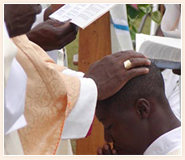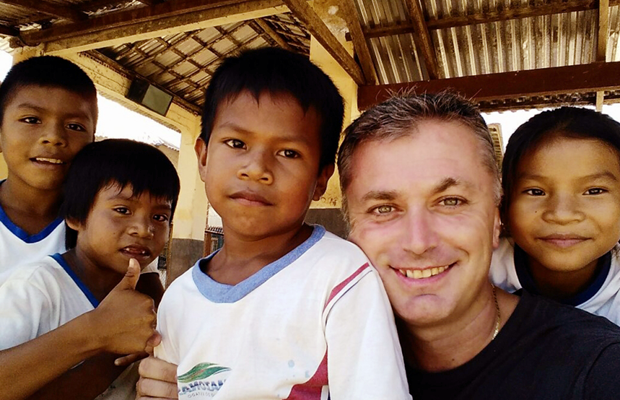On December 18, 1959, the Salesian Society completed the first century of its existence.
Founded during the first ten years of the Italian Risorgimento, and canonically organized during the second decade, the Salesian Society has now spread its wings far across the world from the land which witnessed its birth.
In a century of great international upheavals, the Society’s beginnings and growth stand out as a jewel in the story of the Church. In the Providence of God, it was accorded a worldwide mission particularly on behalf of youth. The Society has aimed to be faithful to the divine mandate and has won for itself the gratitude of all humanity.
It is as a great world benefactor that Don Bosco is recognized everywhere. In his life and in the work of his Society, he has intended to bring the Gospel and the teaching of the Church to life. To be at the service of the people, and particularly of the young worker, was Don Bosco’s aim, that he might win all to Christ.



